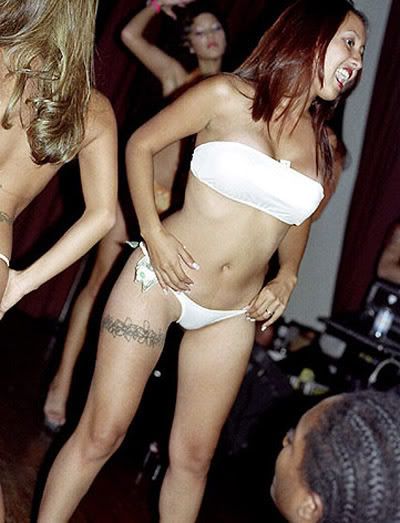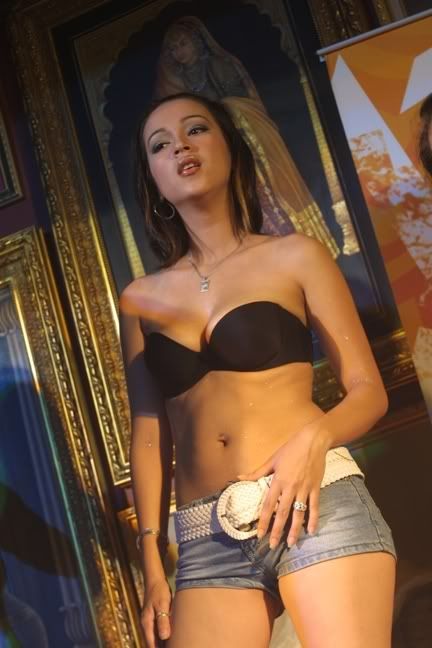“Real men cry at the luck of winning a free weekend with Cristine Reyes.”
“Colt 45 Vava Vroom real men promo”
Asia Brewery Inc. is the liquor company that manufactures Colt 45. Ryan Consul, the senior brand manager claimed that the date concept with a celebrity is a “rather common and highly accepted experience most people would aspire.” Furthermore, the weekend getaway with Reyes “simply focuses on the enthralling experience of having a personal interaction with a celebrity,”
Note that Consul didn’t say “men would aspire”, even though it clearly targets the masculine market. He used “people” instead. The statement consists of linguistic strategies of subtlety, as it does not specify gender for instance. The term “personal interaction” seems to obscure the sexual connotation that the ad associates with the celebrity. He also points out that this kind of advertisement is “common and highly accepted”, it aims to defend its legitimacy within our culture. The word “enthralling” used to refer to the experience of the possible winner is such a vague term from which you can derive a lot of different meanings depending on context. Again, the company's response used strategies of discretion to avoid conflicts and to lighten the obligation attached to the statement.
Note that the ad used the words “real men”, “vava vroom”, “winning” and “promo”. Vava vroom is a famous expression of men whenever they see a hot and sexy woman. We can conclude that this is coming from a male focalization that zooms in the sexuality of a woman. Magna Carta for Women released a statement against Asia Brewery Inc. It’s as though Cristine Reyes is a commodity or a prize that men would love to win. She was also being juxtaposed with the promo of Colt45 Ford Truck. The winner would receive both; the truck and Cristine Reyes come as a package. It bolsters up the objectification of women and perpetuates sex stereotypes. Reyes’ identity revolves around her sexuality and is being paired with a truck, a boy toy. PCW shows contempt for this derogatory portrayal of women. It pushes for the promotion of this brand in a non-sexist representation.
















